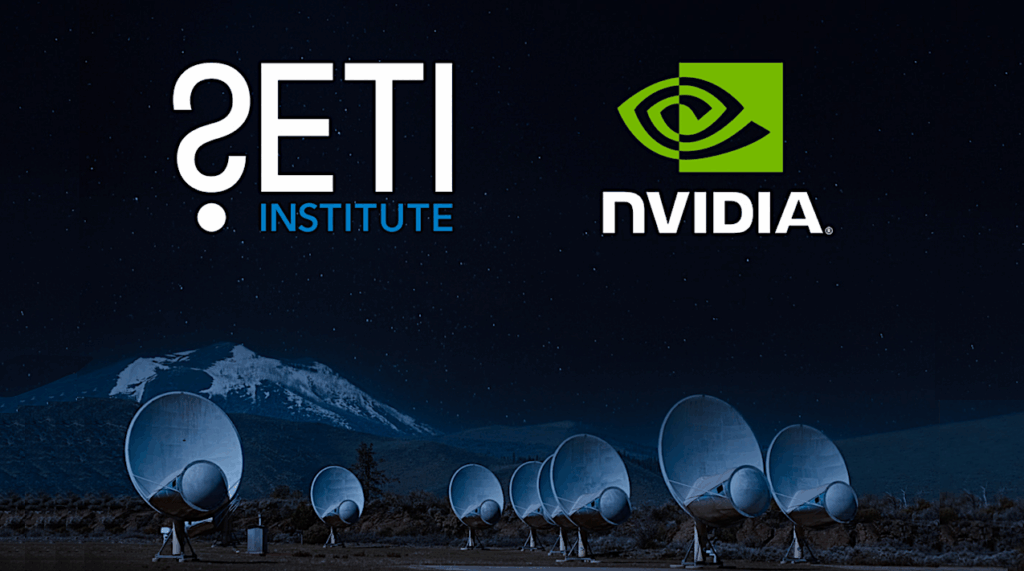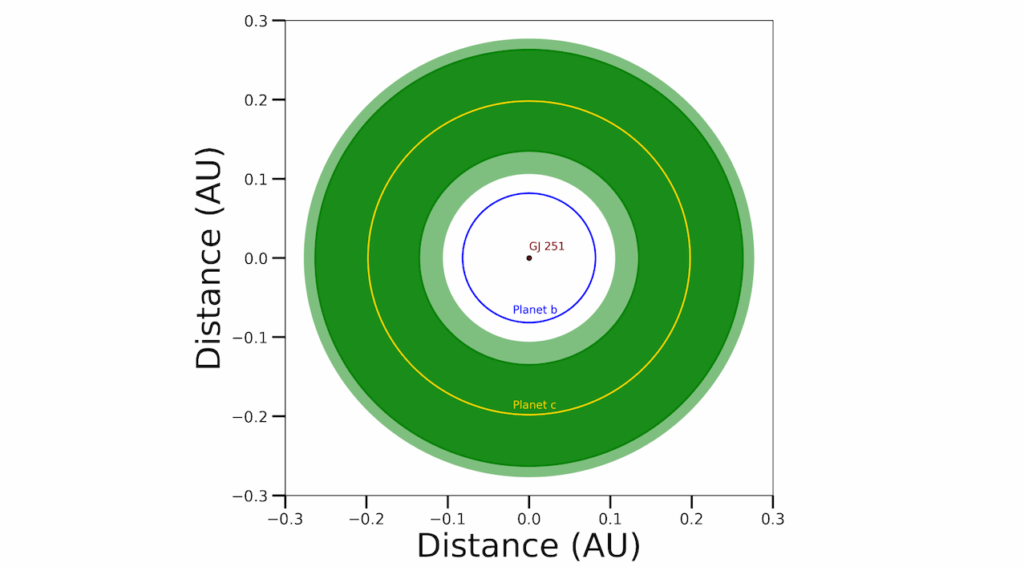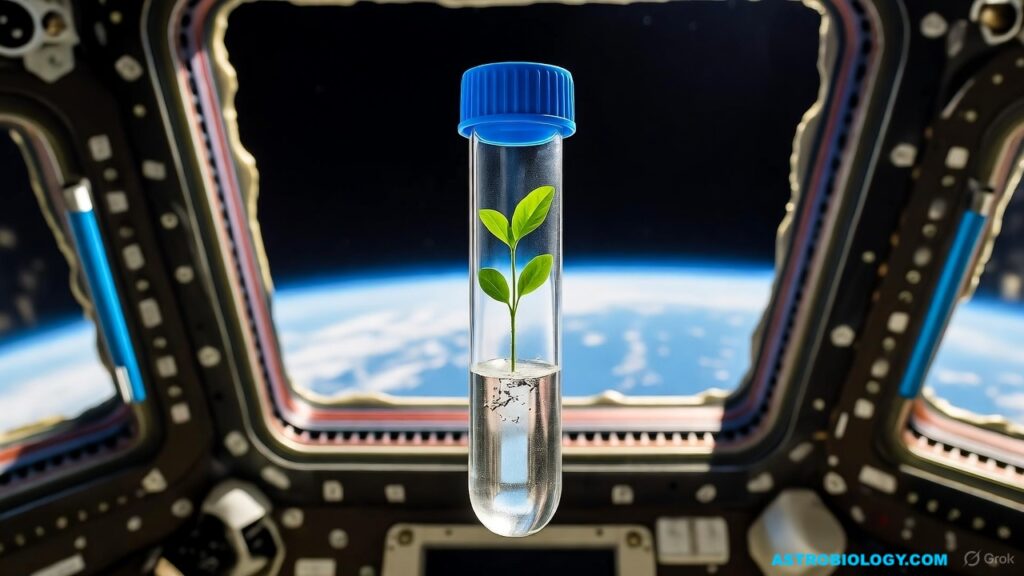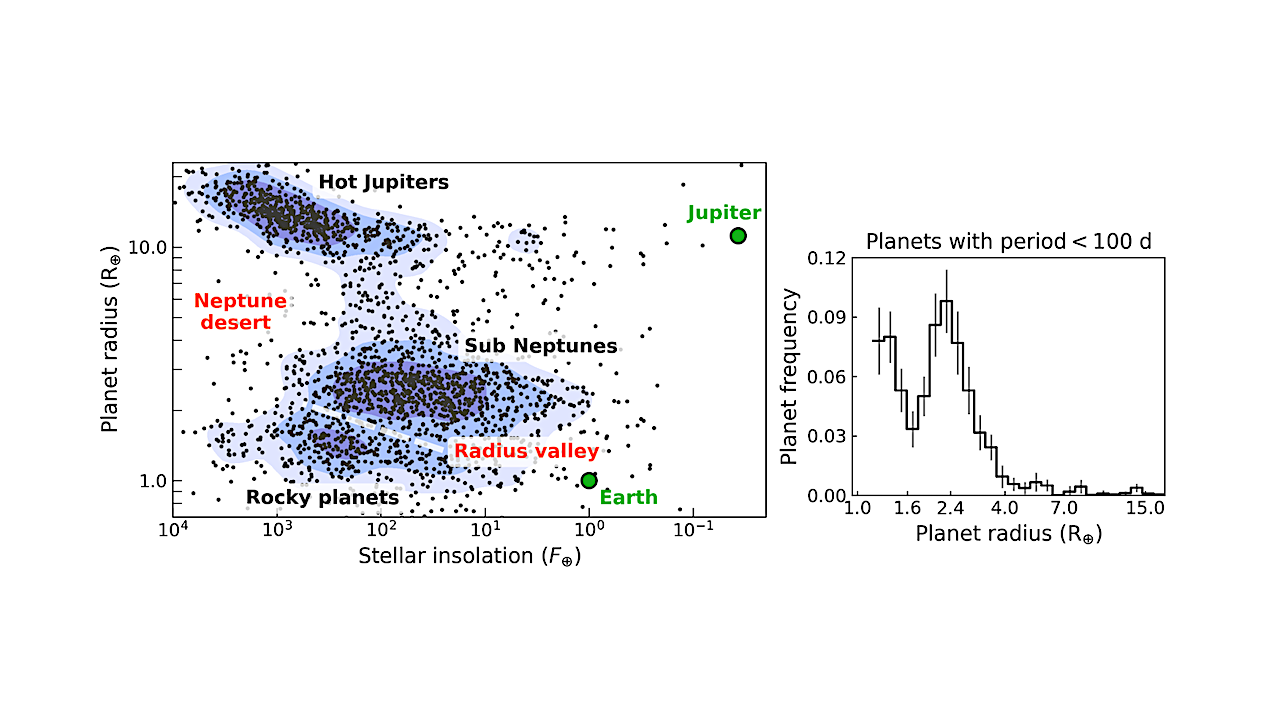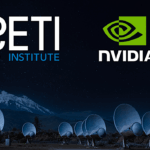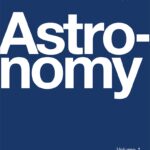Now Reading: Optical And Near-Infrared Spectroscopy Of The Outbursting Comet 12P/Pons-Brooks
-
01
Optical And Near-Infrared Spectroscopy Of The Outbursting Comet 12P/Pons-Brooks
Optical And Near-Infrared Spectroscopy Of The Outbursting Comet 12P/Pons-Brooks
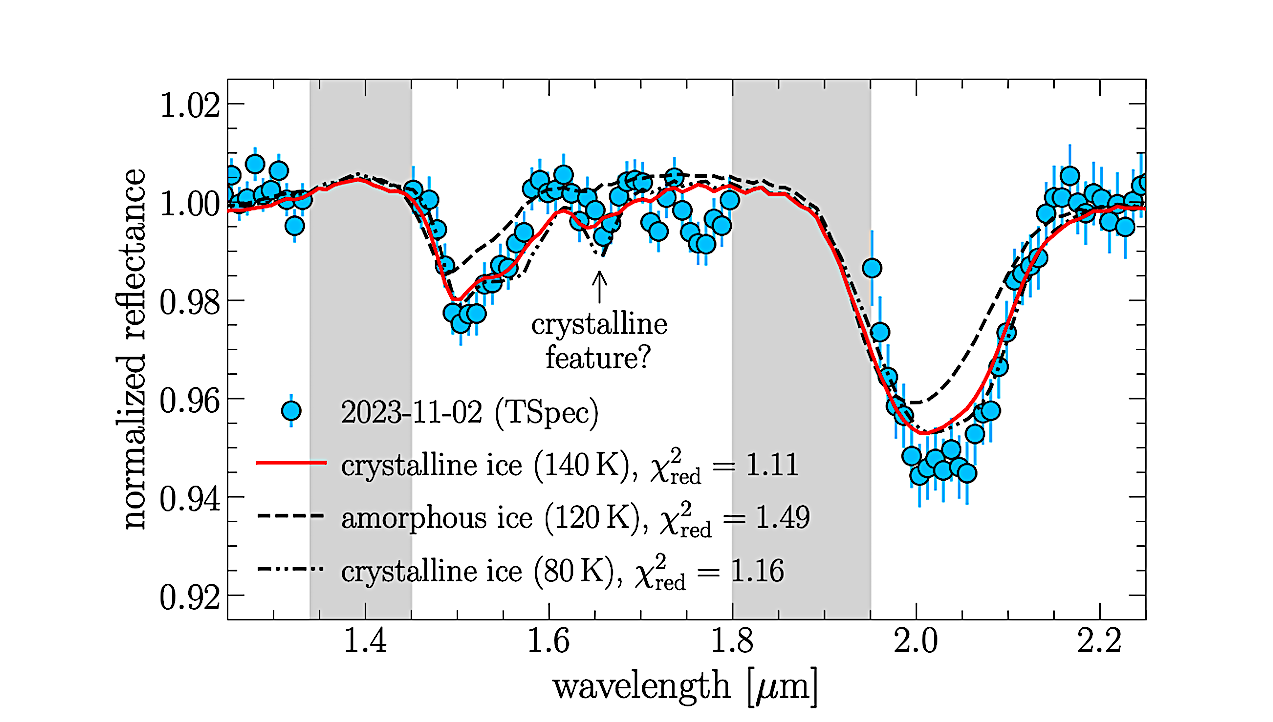
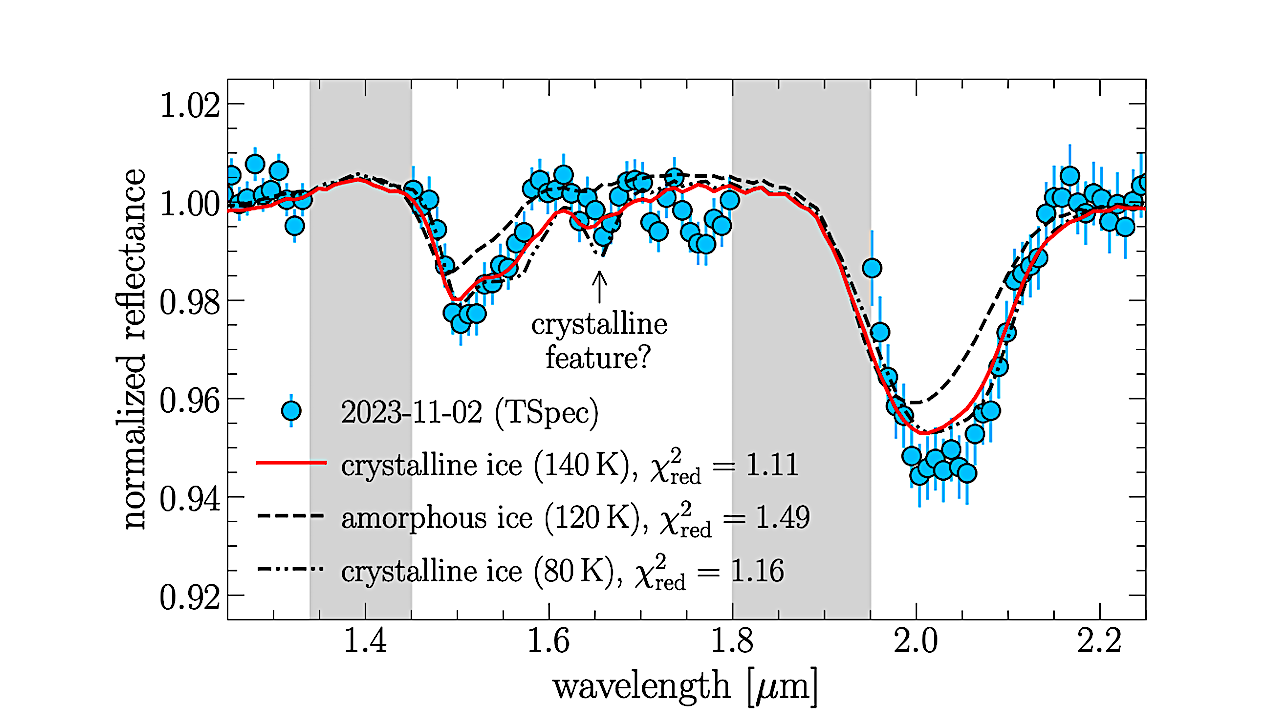
Water ice absorption bands taken on Nov. 2. The normalized spectrum (blue circles) is compared with the best-fit model (red line) and two alternative models in which the ice compositions are amorphous ice at 120 K (dashed lines) and crystalline ice at 80 K (dash-dotted lines). The error bars account for both random and systematic errors. Systematic errors in the JHK bands are estimated band-wise using the standard deviation within the continuum regions of 1.25–1.34, 1.70–1.80, and 2.15–2.45 µm, respectively. — astro-ph.EP
We present optical and near-infrared (NIR) observations of the outbursting, Halley-type comet 12P/Pons-Brooks.
Three NIR spectra were obtained during two outbursts in October and November 2023, with the 3-meter Infrared Telescope Facility and the Palomar 200-inch Telescope, respectively.
The NIR spectra exhibited absorption features at 1.5 and 2.0 μm, consistent with the diagnostic absorption bands of water ice, superimposed on a red dust-scattering continuum. We find that the absorption bands and the red continuum can be well explained by micrometer-sized crystalline ice at 140–170 K, along with sub-micrometer-sized refractory grains (e.g., amorphous carbon).
In addition, an optical spectrum was obtained with the Lijiang 2.4-meter Telescope during the November 2023 outburst, which exhibited the emission bands of gaseous CN, C3, C2 and NH2. The C3/CN and C2/CN ratios suggest that 12P/Pons-Brooks was “typical” in C3 abundance but somewhat depleted in C2. The specific kinetic energy of the 2023 November outburst is estimated to be ∼8×103 J kg−1, suggesting a likely triggering mechanism similar to 332P/Ikeya–Murakami and 17P/Holmes, i.e., the crystallization of amorphous water ice.
A refractory-to-ice ratio of ∼1.7–3.2 is derived from the total mass loss of dust and gas, aligning with the lower-end estimates for 67P/Churyumov-Gerasimenko and 1P/Halley. This suggests either a less evolved nucleus or an outburst region enriched in icy materials relative to the bulk nucleus.
Ruining Zhao, Bin Yang, Michael S. P. Kelley, Silvia Protopapa, Aigen Li, Yang Huang, Jifeng Liu
Comments: 18 pages, 4 figures, 1 table, accepted for publication in ApJ
Subjects: Earth and Planetary Astrophysics (astro-ph.EP)
Cite as: arXiv:2507.03247 [astro-ph.EP] (or arXiv:2507.03247v1 [astro-ph.EP] for this version)
https://doi.org/10.48550/arXiv.2507.03247
Focus to learn more
Submission history
From: Ruining Zhao
[v1] Fri, 4 Jul 2025 01:37:34 UTC (621 KB)
https://arxiv.org/abs/2507.03247
Astrobiology, Astronomy,
Stay Informed With the Latest & Most Important News
-
 012024 in Review: Highlights from NASA in Silicon Valley
012024 in Review: Highlights from NASA in Silicon Valley -
 02Panasonic Leica Summilux DG 15mm f/1.7 ASPH review
02Panasonic Leica Summilux DG 15mm f/1.7 ASPH review -
 03How New NASA, India Earth Satellite NISAR Will See Earth
03How New NASA, India Earth Satellite NISAR Will See Earth -
 04And Thus Begins A New Year For Life On Earth
04And Thus Begins A New Year For Life On Earth -
 05Astronomy Activation Ambassadors: A New Era
05Astronomy Activation Ambassadors: A New Era -
06SpaceX launch surge helps set new global launch record in 2024
-
 07Space Force plans new ‘Futures Command’ amid pressure to speed up modernization
07Space Force plans new ‘Futures Command’ amid pressure to speed up modernization












